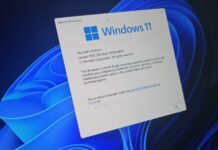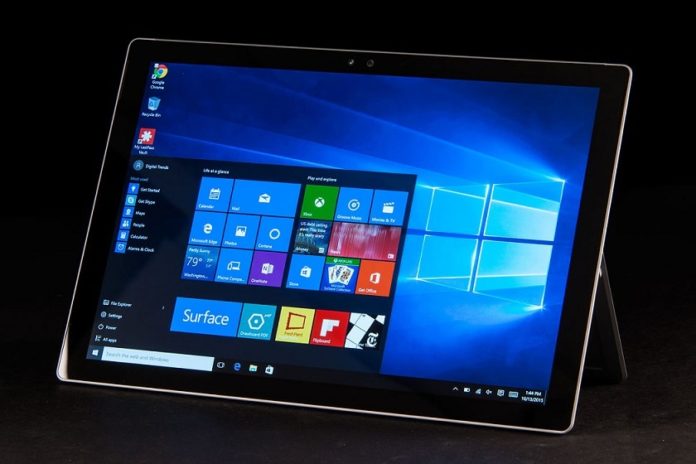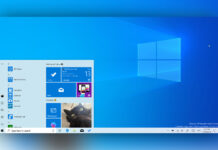2017 was the year of ransomware and malware affecting PCs all around the world. One of the ransomware called WannaCry affected thousands of users around the world by encrypting their data. Most of the affected users were using older versions of Windows operating system, while on the other hand, Windows 10 was not affected by the ransomware attack.
Microsoft has been persuading customers for some time now to upgrade to the latest version Windows 10 to avoid any security threats or ransomware attacks. The company has already increased the security features in Fall Creators Update. Continuing to protect our PC, Microsoft is working hard to make Windows more secure.
A new blog post from Tanmay Ganacharya, Principal Group Manager for Windows Defender Research, details the upcoming Next-gen security on Windows 10 that could probably define Windows 10 as a worthy upgrade.
Threats that affected users in 2017
According to him, three global outbreaks of ransomware had a really bad impact on many corporate devices and network and services like transportation, hospitals, etc. were down. Three million computers were affected by ransomware and in addition, 1 million more were affected by the exploits, emails, trojans, etc. More than 120 new ransomware families have been created in addition to WannaCry, Petya and Bad Rabit.
Ransomware encounter rates on Windows 7 is 3.4 times more than on Windows 10. The difference in ransomware encounter rate is higher as Windows 10 is installed on more device compared to Windows 7, according to StatCounter. He mentions that Windows 7 doesn’t have end-to-end defense stack for defense against modern advanced threats but is present on Windows 10.
Further, the company details all the new and improved protection against ransomware and other threats on Windows 10 with many examples.
Multi-layer defense against ransomware on Windows 10
He used Petya to explain the multi-layer defense technology. Petya was the most complex ransomware in 2017. It spread initially through compromised software supply but was spread quickly through some exploits. This ransomware could even steal your important credentials.
He also writes about WannaCry ransomware which was the first global ransomware attack used as an exploit to infect computers. Windows 10 was not affected because of its built-in mitigations and guard for the kernel which can block ransomware like WannaCry. However, Windows 7 even with some built-in antimalware solutions failed to protect the system from the attackers as the WannaCry has been used as an exploit to infect the devices.
Luckily, a fully patched Windows 7 update was released on which the ransomware had no effect. Windows 10, with the help of many defense layers such as built-in mitigations, credential guard, Windows Defender System Guard and Windows Defender application tool was able to completely defend itself against the attack of the ransomware. But those who were using older versions were out of luck.
Ransomware protection on Windows 10
Windows 10 includes a feature that helps you block ransomware from accessing your files in real time even if the device is affected. This is known as Controlled Folder Access which basically locks down folders and can only be accessed by authorised apps. Windows Defender also plays an important role in defense against threats.
Features like this in Windows 10 also helps the small business and enterprise to prevent the reported threats.
The main and important point of this blog post is that users should always run up-to-date software which has all the necessary protection against the threat.
“From June to November, Windows 7 devices were 3.4 times more likely to encounter ransomware compared to Windows 10 devices. Considering that Windows 10 has a much larger install base than Windows 7, this difference in ransomware encounter rate is significant,” he explained.
We’ll throw this over to you, so let us know why you are still using Windows 7 in the comments below.






















